Seborrheic Keratosis Treatment in Pune
Effortlessly remove seborrheic keratosis for clear skin.
What is seborrheic keratosis?
Seborrheic Keratosis is a type of skin tumor that is common among adults but not cancerous. Typically, these growths appear in black, brown, or light tan colours and have a scaly, waxy, or a little stuck on look. Understanding Seborrheic Keratosis is essential for people to notice any malignant changes early.
Though asymptomatic and harmless, they can affect one’s aesthetic thus requiring removal. The treatment methods for seborrheic keratosis differ based on its size, location and symptoms. Clearskin Clinics is well known for offering effective Seborrheic Keratosis treatment. Here, every patient gets top-notch professional service from the best dermatologist in Pune.
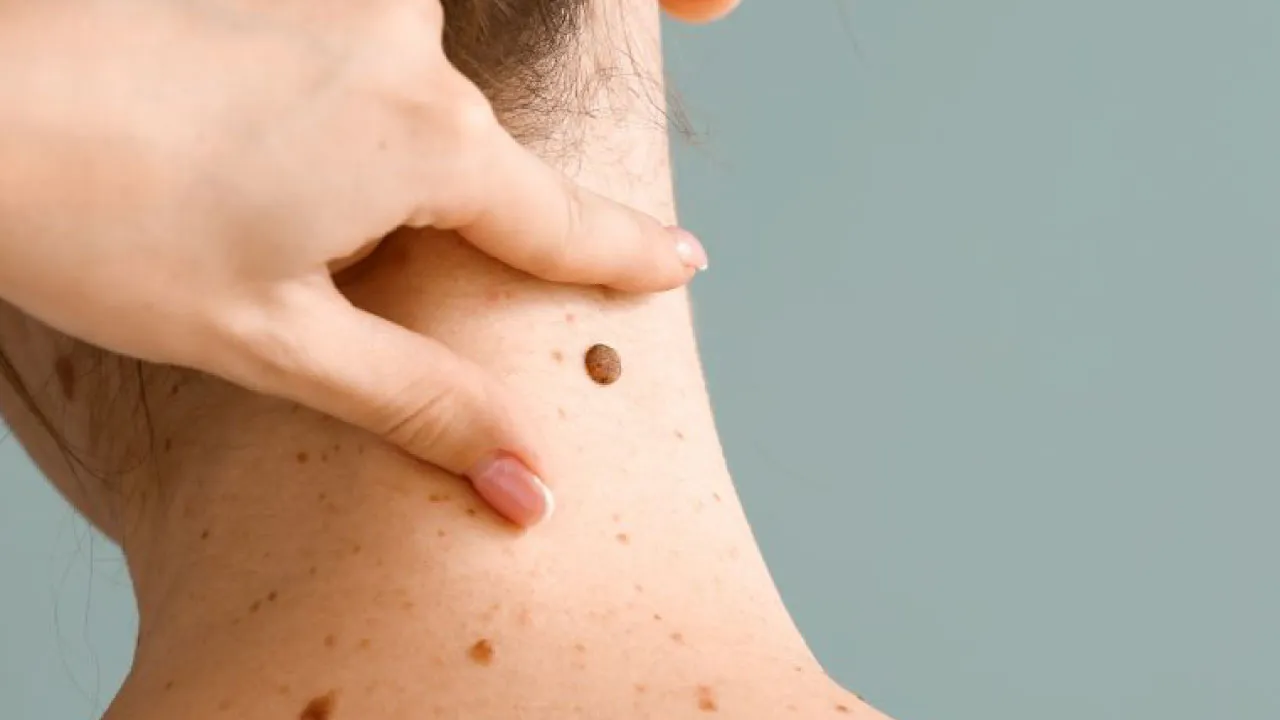
| Downtime | Avg Cost Of Treatment | No. Of Sessions Required | Success Rate | No. Of Patients Treated |
|---|---|---|---|---|
| Max 7 Days | Depends On Treatment | 2-3 Sessions | 100% | 7,000+ |
Many Treatments. One Goal.
Personalised Treatment. Best Results
With Our Proprietary Treatment Approach, We Have Treated 7000+ Patients Successfully.
Be one of them!
Many Treatments. One Goal.
Yes, It Is Possible To Get Seborrheic Keratosis Free Skin.
7,000+ Successfully Treated Seborrheic Keratosis Patients Over 34+ years
(You are one click away from flawless skin)
All You Need To Know About Seborrheic Keratosis
Genetics play a big part in causing Seborrheic Keratosis. The tendency to develop these growths runs in families and almost affects all the members equally. Ageing remains the leading cause behind the development of different types of Seborrheic Keratosis. These spots tend to be more common among the elderly above fifty years old. Prolonged exposure to sunlight could be another one of the primary causes of Seborrheic Keratosis. Solar ultraviolet light has been found to trigger abnormal cell growth within the epidermis, which may result in these tumors. Hence, if all risk factors must be eliminated, there is a need for protection against excessive sunlight on your skin.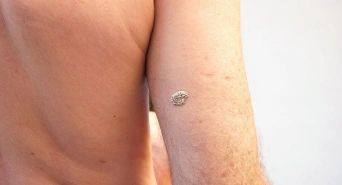
Genetics
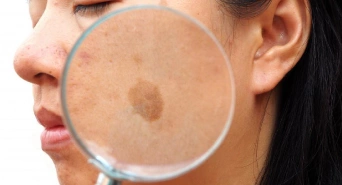
Ageing
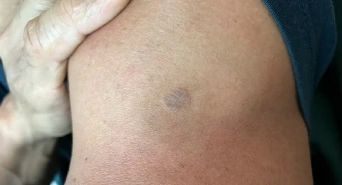
Sun Exposure
Most seborrheic keratoses are waxy or scaly in texture. They can appear slightly raised and look like they are pasted on the skin. This stuck on appearance is one of the significant symptoms of seborrheic keratosis, and it helps identify the issue. Seborrheic Keratosis can appear in any colour between light tan and black. The colours may change with time, and one's growth might even develop different shades. Seborrheic Keratosis, though, is generally asymptomatic, occasional itching or irritation can occur. Seborrheic Keratosis in early stages tends to show irritation as the body gets used to the new growth.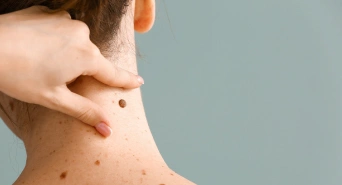
Waxy or Scaly Texture

Varied Colours
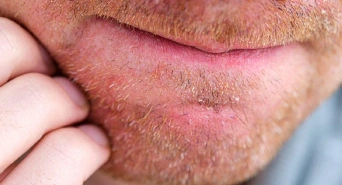
Itching or Irritation
Cryotherapy involves using liquid nitrogen to freeze and destroy the targeted cells. It is one of the standard treatment of Seborrheic Keratosis used frequently. The tumors usually fall off in some days after freezing, leaving clear skin underneath. In this treatment procedure, dermatologists apply extremely cold liquid nitrogen to freeze keloid or hypertrophic scar tissue. The freezing damages and destroys the cells and reduces the bulk of the keloid, flattening it. Multiple sessions are usually required for desired results. It is a surgical Seborrheic Keratosis treatment where the lesion is scraped off the skin using a specially designed tool or curette. We often combine this with other methods, such as cryotherapy, to achieve better outcomes. It is most recommended when dealing with bigger or thicker growths. Radiofrequency is the most commonly used treatment for seborrheic keratosis removal . Electric current from the RF machine is used to cut off the growth from the skin leaving plain clean skin underneath. This is done under local anaesthesia and complete removal can be achieved in one session.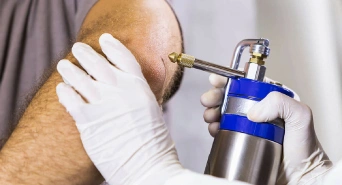
Cryotherapy
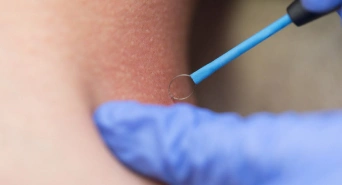
Curettage
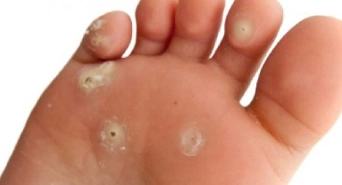
Compression Therapy
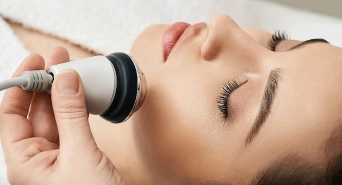
Radiofrequency
The CO2 laser effectively eliminates seborrheic keratosis. It precisely eliminates the growths without damaging adjacent skin. In terms of scar minimization, this is an effective laser treatment for seborrheic keratosis. The CO2 laser ablates the growths by emitting a focused beam of light down to the layer level. Patients do not likely experience much pain during or after treatment. The Erbium YAG laser is an alternative ablative laser that can be used for seborrheic keratosis removal. .This laser acts similar to CO2 laser and helps to burn off and remove the growth from the skin. It can be less damaging to the skin and can cause faster healing.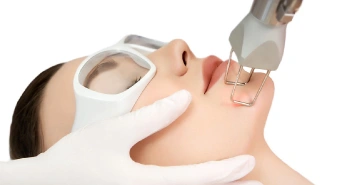
CO2 Laser
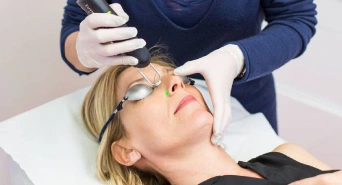
Erbium YAG Laser
If you experience the rapid growth of seborrheic keratosis, make sure you go to a dermatologist. Sometimes, quick changes in size indicate the presence of other underlying conditions that require professional judgment. By this, one can either ascertain that it is benign growth or require further investigation. Consequently, a skin specialist will give you appropriate treatment in time, thus avoiding potential complications. If Seborrheic Keratosis is affecting your beauty and confidence levels, then you might consider visiting the dermatologist for prompt removal. The dermatologist can also guide you as to prevent recurrence of these spots.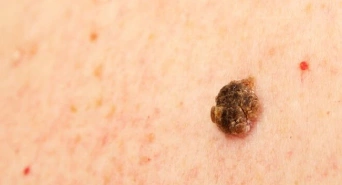
Rapid Growth
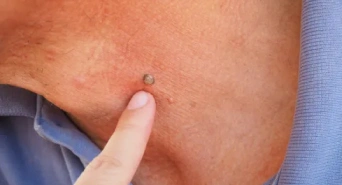
Bleeding or Infection
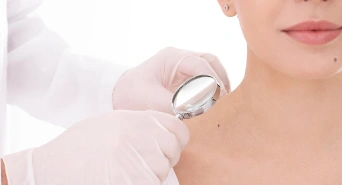
Cosmetic Concern
Many Treatments. One Goal.
Our Patients Living Confidently Everyday.
I visit this place for my acne problem and I got excellent result. Dr Sumit is very humbal and kind and give me very effective treatment and all staff is very friendly.
I was going through acne since long...found clear skin hair md and got fantastic result for my acne best clinic for acne prone skin...thank you. Me highly recommend for people who are going through acne 🙂
Professional Acne solutions for all the skin types are available here. Big thanks to Kishori ma’am for helping me out with all my skin related issues, highly recommended.
Clear Skin clinic is rated excellent on google & practo
(4.9 out of 5 based on 8289 google & 8000+ practo reviews )
Many Treatments. One Goal.
Clear Skin. We Care.
We Are The Most Preferred Skin Clinic For Seborrheic keratosis In Pune! Why?
One of the most well-recognized names for treating Seborrheic Keratosis treatment is Clear Skin Clinic in Pune. The team consists of highly adept skin specialists in Pune who provide bespoke care solutions accompanied by advanced therapies that respond well to a person’s preferences. Moreover, our state-of-the-art technology guarantees minimal discomfort or downtime during the Seborrheic Keratosis treatment in Pune. For various reasons, we take pride in addressing any skin problem, hence driving patient contentment, which makes us their preferred skin care clinic in Pune, treating seborrhoeic keratosis.
At Clear Skin Clinic, we address your aesthetic goals and deliver the best treatment for Seborrheic Keratosis within budget. We also help enhance your self-confidence and raise your living standards in terms of quality performance results. Our speciality lies in top-quality laser treatment for seborrheic keratosis that makes your beauty stand out while promoting general skin health and improved confidence levels. This eventually transforms someone’s entire life. So, why hold back? Consider availing yourself of the Clear Skin Clinic services in Pune, where experts are ready to provide the medical assistance you need to achieve precise and attractive skin at an affordable price.
We
Highly experienced, board-certified, and the best dermatologist in Pune for acne leads the team, supported by well-trained medical staff.
Dermatology services in Pune using effective and state-of-the-art technologies and equipment.
Clear Skin Clinic operates on Saturdays and Sundays for your convenience.
Provides personalised seborrheic keratosis treatment plans and guidance to each patient following a thorough assessment and profiling of their condition.
Prioritises patient experience, satisfaction, and comfort above all else.
Known for transparent pricing and providing honest recommendations.
Actively involved in dermatological research and continually updated with the latest education on keratosis prevention tips.
Enjoys a strong reputation for delivering excellent results and high patient satisfaction.
The Patient Care Team is consistently responsive to patient queries.
Others
Patient Guides
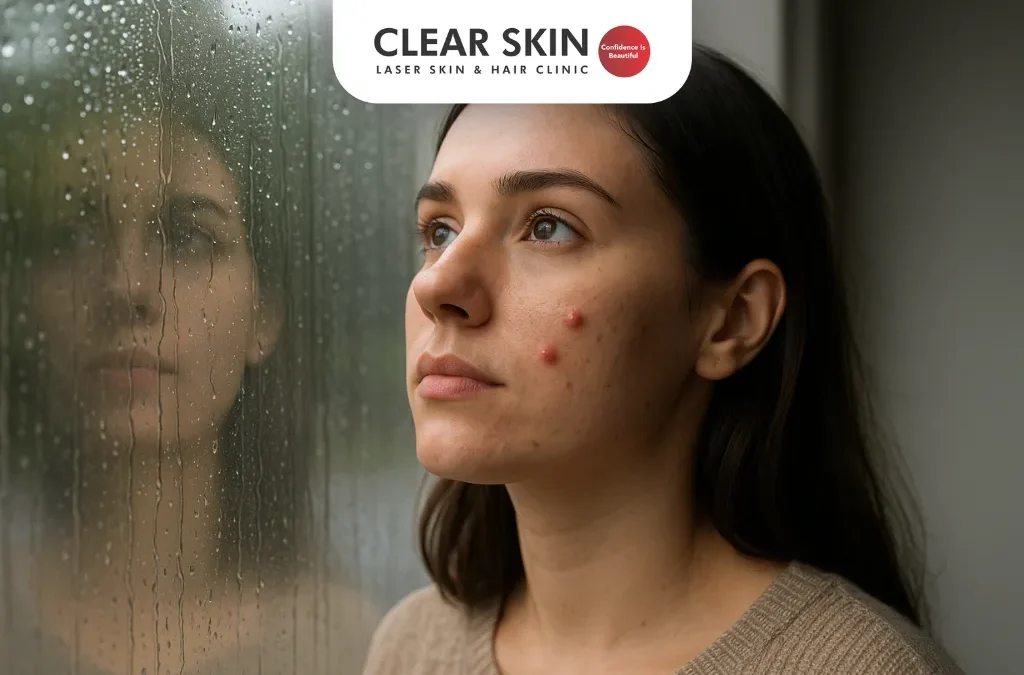
How to Avoid Acne in Monsoons?
Avoid acne in monsoons with a gentle skincare routine, diet tips, and hydration. Get expert advice to manage breakouts and keep your skin clear and healthy.
Does Makeup Cause Acne-Prone Skin?
Worried about breakouts from using makeup? Does makeup cause acne for you? Learn the safe ways to apply makeup for acne-prone skin.
Morning Skin Care Routine for Glowing Skin
Clear Skin Clinic, led by top dermatologists, shares the ideal morning skincare routine to help you achieve a radiant complexion naturally and effectively.
Monsoon Skin Care Tips for Radiant, Healthy Skin
Clear Skin Clinic, led by top dermatologists, shares the ideal morning skincare routine to help you achieve a radiant complexion naturally and effectively.
How To Take Care Of Oily Skin in Monsoon?
Oily skin care in monsoon focuses on gentle cleansing, hydration, and protection to reduce breakouts, greasiness, and help maintain skin balance daily.
Is Laser Hair Removal a Permanent Solution?
Can Laser Treatment Remove Hair Permanently?
Skin Care Tips – Monsoon Skincare Routine to Follow
Protect your skin this monsoon with a dermatologist-approved monsoon skincare routine. Simple steps for hydrated, glowing skin.
We Are Here To Answer Every Possible Doubt You Have On Seborrheic Keratosis.
If you don’t find answer to your query, then please write down to is. We are always there to help you.
Is seborrheic keratosis fungal?
Seborrheic keratosis occurs when skin cells called keratinocytes multiply rapidly, leading to skin growths on the outer layer of the skin. Thus, seborrheic keratosis is not fungal. However, seborrheic dermatitis is a fungal disease of the skin.
Is seborrheic keratosis serious?
Seborrheic keratosis is a e. harmless warty spot that appears during adult life as a common sign of skin ageing. Technically, there are clusters of extra cells that appear on the outer layer of the skin. Seborrheic keratoses are round or oval in shape, brown or black in color, and appear as a skin colored, yellow, grey, light brown, dark brown, black or mixed colored smooth, waxy or warty surface. They are present within the scalp, under the breasts, over the spine or in the groin. People above the age of 50, those with a family history of this skin growth and light-skinned people are more likely to get seborrheic keratosis. Being non-cancerous (or benign), they are not serious or a reason to worry. However, they may resemble certain cancerous skin growths, so it is best to get them checked by a dermatologist.
Should I worry about seborrheic keratosis?
Since seborrheic keratosis is a non-cancerous skin growth, you should not worry about it, but since these skin growths can look similar to some cancerous skin growths, it is necessary to get them checked from a dermatologist. Moreover it is difficult to tell a cancerous skin growth apart from it, especially if the cancer cells coincidentally arise with or within it. So get them checked from a dermatologist in the following scenarios: – There is new growth or change in the appearance of an existing one. – A large number of growths occur within a short period. – There is a single growth (since in seborrheic keratosis usually appears in multiple numbers). – A growth with irregular borders (blurred, jagged) or an unusual colour (purple, blue, reddish-black) – There is irritated or painful growth Being harmless, they do not require medical treatment, but if they bother you, you can get them removed as per the advice of a dermatologist.
Is coconut oil good for seborrheic keratosis?
Coconut oil does not help in the removal or reduction of seborrheic keratosis. Mostly,, no treatment is necessary. Removal of the growth may be determined by a dermatologist with the following ways: – Cryosurgery – Electrodesiccation – Electrocautery – CO2 Laser
Are seborrheic keratoses cancerous?
No, seborrheic keratoses are non-cancerous (benign) and do not turn into skin cancer. However, they can sometimes be mistaken for malignant skin lesions, so it’s important to have any new or changing growths evaluated by a healthcare provider.
Who is at risk of developing seborrheic keratosis?
Seborrheic keratosis is more common in older adults, usually appearing after age 40. A family history of seborrheic keratosis can also increase the likelihood of developing these growths.
How can I identify seborrheic keratosis?
Seborrheic keratoses are typically round or oval, slightly elevated, and have a waxy or “stuck-on” appearance. They can range in color from light tan to dark brown or black.
